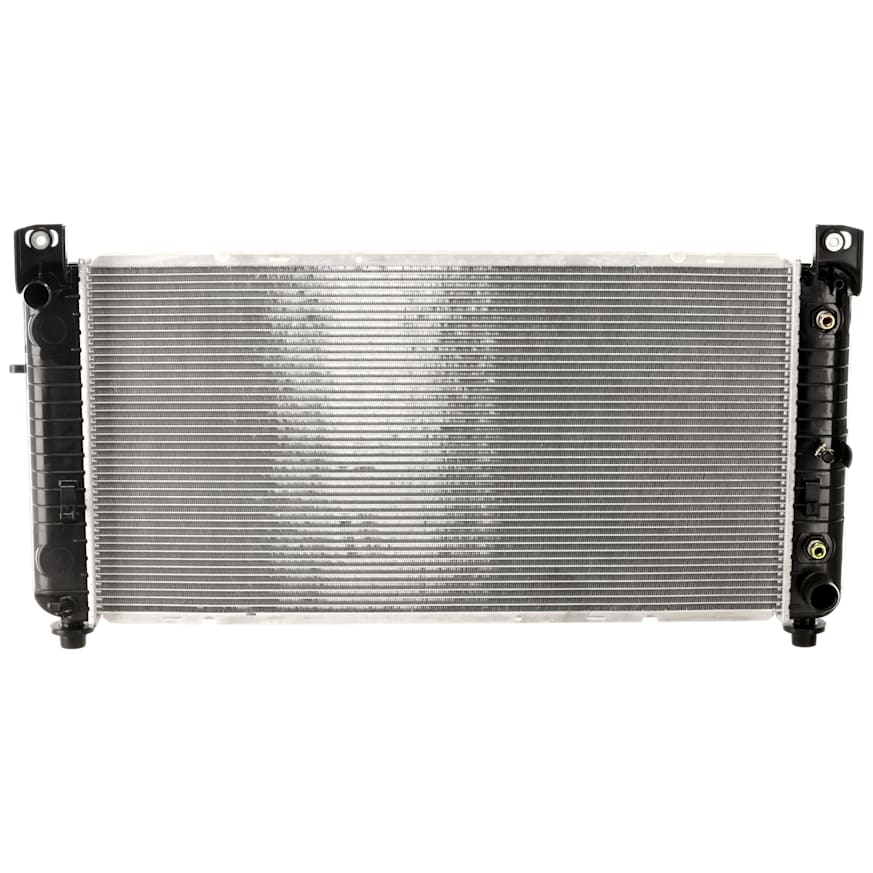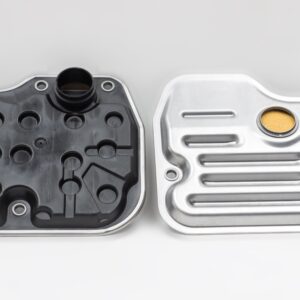Has this happened to you? You open your coolant reservoir to perform a routine checkup on your radiator. To your surprise, there’s a pink substance floating on top of the reservoir. This pink stuff is a mix of transmission fluid and coolant. It’s messy, inconvenient, and can cause your engine to overheat. You should address this issue as soon as possible to avoid further engine damage. In this article, we’ll tackle why there’s transmission fluid in your radiator coolant and some tips on what to do.
Causes Behind Transmission Fluid in the Radiator
If you find transmission fluid in your radiator, it’s likely because of a leak in either the transmission or cooling line.
Important to remember: When there is a breach that allows transmission fluid to pass between the transmission cooler and the engine coolant, just remember that when the engine is running the cooler has from 20-40 pounds of pressure and the engine cooling system only has about 15-17 pounds of pressure.
When there is a breach that allows transmission fluid to pass between the transmission cooler and the engine coolant, just remember that when the engine is running the cooler has from 20-40 pounds of pressure and the engine cooling system only has about 15-17 pounds of pressure.
–Richard McCuistian, ASE Certified Master Automobile Technician
So, because the cooling system pressure is usually lower than transmission cooler pressure with the engine running, ATF can transfer into the coolant. But when the engine is shut down and the transmission pump isn’t creating pressure, the engine cooling system will still be under pressure and some coolant can migrate through the same leak into the transmission cooler.
The transmission fluid and cooling lines are separate, but many transmissions have a transmission line that runs through a small heat exchanger in the end of the radiator to cool the transmission fluid. If there’s a leak in the heat exchanger that is built into the radiator, fluid can leak into the coolant and coolant can make its way into the fluid and the transmission as described above.
Human error is another possible reason for coolant and transmission fluid to blend. After all, it can be easy to mix things up and pour the wrong fluid into the wrong reservoir.
Finally, that pink substance might not be a mix of coolant and transmission fluid at all. Water mixed with transmission fluid results in a similar pink substance. Inclement weather in your area can cause the substance to form in your radiator if your vehicle gets flooded or if you drive through high water. And if yours has an external transmission cooler that isn’t in the radiator, it won’t be a radiator issue.
How To Avoid Getting Transmission Fluid in the Radiator
There is no sure way to prevent a transmission cooler leak, no matter what you do. Stick to your vehicle’s regular maintenance schedule. Keep an eye on your coolant levels and make sure to top up your coolant as needed. If it’s going low periodically, watch for signs of it in the transmission fluid.
You should also occasionally check inside the radiator or coolant reservoir when the engine is cold. If you see any pink substance inside, schedule a vehicle checkup right away. Alternatively, if your transmission fluid is running low and you aren’t scheduled for a transmission fluid top-up anytime soon, you’ll want to check for external leaks. If you find no external leaks, it’s possible that the transmission fluid is leaking from your radiator and already wreaking havoc without you knowing.

Tips for Removing Transmission Fluid from the Radiator
Depending on how long the lines have been leaking and what caused these leaks, the steps for removing transmission fluid from the radiator tend to differ. However long it’s been, you’ll definitely need to stop the leak first. You might need to install a separate auxiliary transmission fluid cooler and/or replace the radiator.
If you’re able to catch the contamination as soon as it happens, you can try flushing the transmission using new fluid to get rid of the contaminated fluid. This technique is a bit of a gamble though because the mix-up might have already damaged your transmission. If it’s too late and there’s a significant amount of damage already, you might need to rebuild or replace the transmission entirely.
Transmission fluid in your radiator coolant makes a terrible mess. The minute you notice something’s wrong, it’s best to contact a trusted mechanic to make the necessary repairs right away. They can help you diagnose and repair the affected parts so that you don’t have to face the dreaded pink substance on your own.
Any information provided on this Website is for informational purposes only and is not intended to replace consultation with a professional mechanic. The accuracy and timeliness of the information may change from the time of publication.

































